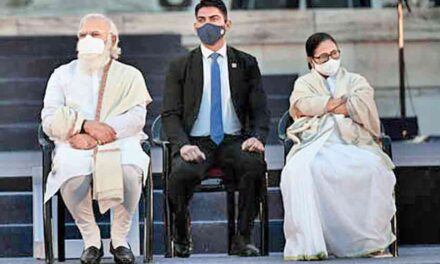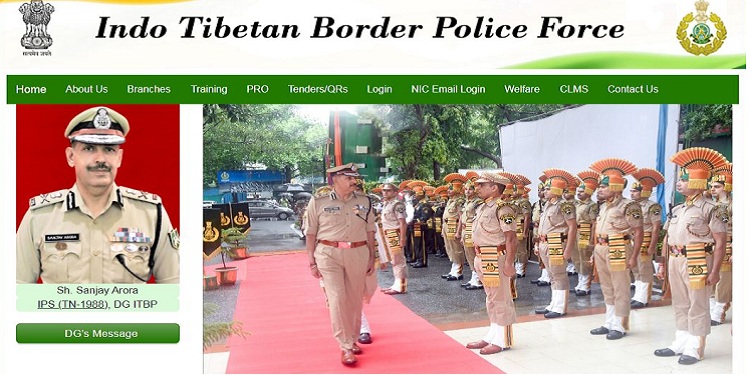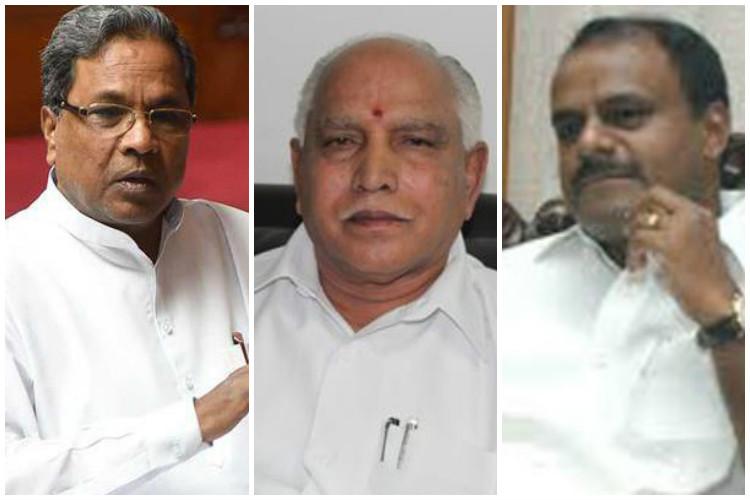People below the age of 20 and above the age of 50 are more likely to believe fake news and those relatively new to use of internet still do not grasp the concept of fake information over these platforms, reveals a new survey ‘Countering Misinformation (Fake News) in India’ that has been conducted jointly by Internet and Mobile Association of India (IAMAI) and Factly, in the wake of the 2019 General Elections.
The study points out that background evidence and trust in organisations/persons are what make most people to believe in the information they receive on social media, even if otherwise they would have disregarded it.
At least 40% of the respondents believed in ‘misinformation’ received over social media if it came with leading backgrounds and evidence, while 34% of them believe the information when it is shared by a trustworthy organisation.
The dominant factor that drives people to forward such information is their belief that it might benefit others and help in their safety. In fact, that was the response of almost 50% of the respondents.
This was compounded by the fact that at least 20% of the respondents expressed their lack of trust over conventional media (with suggestions of them being corrupted or paid media) and thus their faith in contents shared by common people over social media.
But even then, newspapers still remain the top source of information for most.
At least 53% of the respondents trust what is generally perceived as neutral media and only 29% trust technology and social media platforms.
However, what was surprising was that was almost 45% of the respondents did not even know about the existence of fact-checking organisations and most did not even know that journalists had to verify data before they it out.
Only 26% of the respondents believe it is the responsibility of the media to curb or identify fake news.
Many respondents also put the responsibility of identifying such fake news on an individual.









